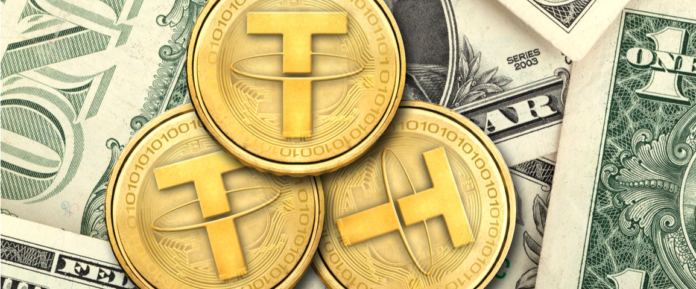
Ever since their inception, stablecoins have carried plenty of potential. By acting as tokens tied to the price of fiat currency, these coins have promised to solve the problem of crypto price volatility. Essentially, stablecoins allow users to hold and trade tokens that are as reliably valuable as fiat currency — without introducing the hassles that come with cashing out one’s crypto.
Of course, these promises depend on stablecoins actually maintaining parity with the US Dollar. However, as NullTX revealed yesterday, stablecoins have been fluctuating wildly over the past week. Sourcing data from the Stablecoin Index, the news site has observed that none of the eight major stablecoins are maintaining their price peg:

[Source: Stablecoin Index]
Notably, Tether’s price remains below the dollar, possibly due to ongoing controversy reducing demand for the coin. Meanwhile, USDCoin’s price has risen above the price of the dollar: it seems to be in high demand, perhaps due to the fact that it is a relative newcomer that is vocally challenging Tether’s centralization. The remaining stablecoins are also experiencing low and high prices in roughly equal measures.
Some level of fluctuation is to be expected, and all stablecoins have a method of adjusting their prices periodically — usually by burning excess tokens and minting new ones. Most, if not all, stablecoins have reset their prices to match the US Dollar at various points in time. Although stablecoin prices are fairly close to the dollar when averaged over time, it seems that these adjustment methods do not have long-lasting effects.
In addition to pricing, market caps also pose an issue for stablecoins. Since the appearance of Tether in 2014, a number of rising stablecoins have entered the scene, including Circle’s USDCoin (USDC), TrueUSD (TUSD), Stasis (EURS), MakerDAO (DAI), and many others. As NullTX notes, “surpassing USDT will be incredibly challenging for all of these stablecoins” due to their relatively low market caps.
Years after its introduction, Tether is the only high-ranking stablecoin — it is the 8th largest cryptocurrency by market cap. Despite their originally promising nature, it is possible that many fiat-pegged stablecoins will go out of vogue before they even gain a foothold in the crypto market. However, price-pegging may have applications beyond fiat-pegged stablecoins: it is an essential basis for cross-chain tokens as well.
The post Stablecoins May Not Be So Stable After All appeared first on UNHASHED.

Unhashed.com is author of this content, TheBitcoinNews.com is is not responsible for the content of external sites.
Our Social Networks: Facebook Instagram Pinterest Reddit Telegram Twitter Youtube










